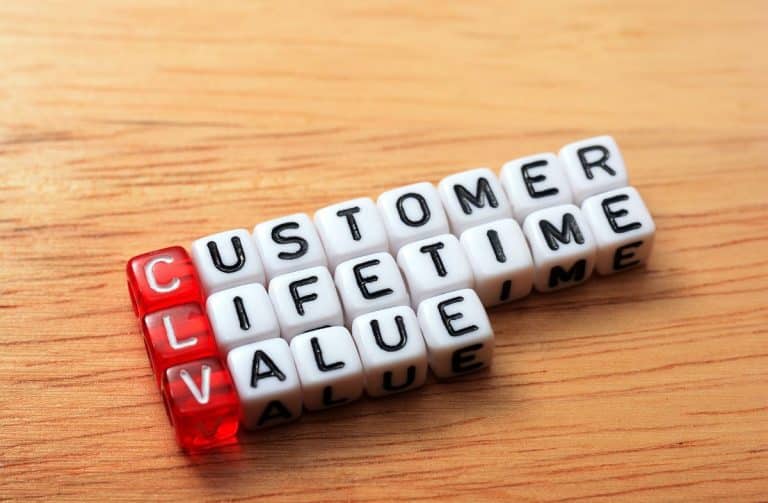In the digital age, marketplaces have become the go-to destination for consumers seeking a wide range of products and services. Whether it’s e-commerce giants like Amazon and eBay, specialized platforms like Etsy for handmade goods, or service marketplaces like Airbnb and Uber, these platforms offer a vast array of options for buyers and sellers. In this highly competitive landscape, achieving a competitive edge as a marketplace is crucial, and catalog enhancement is a powerful strategy to do just that.
The Power of Marketplaces
Before we delve into catalog enhancement strategies, let’s first understand why marketplaces have gained such prominence in the modern economy.
- Diversity of Products and Services: Marketplaces offer a diverse range of products and services, making them a one-stop destination for consumers. This variety caters to various tastes and needs, attracting a large and diverse customer base.
- Scale and Network Effects: Successful marketplaces leverage network effects. As more buyers and sellers join, the platform becomes more valuable to both parties, creating a positive feedback loop that can lead to exponential growth.
- Convenience: Marketplaces simplify the buying and selling process. Sellers can reach a vast audience without the need to create their own e-commerce sites, while buyers can access a wide selection of goods or services in one place.
- Trust and Curation: Reputation and review systems build trust among users. Buyers can make informed decisions based on the experiences of others, and sellers can build a positive reputation.
- Lower Costs: Marketplaces often have lower operating costs than traditional retailers. They do not need to carry inventory, manage physical stores, or invest heavily in marketing.
Given the benefits of marketplaces, competition within this space is fierce. To stand out and maintain an edge, marketplace operators must constantly seek ways to improve the quality and relevance of their product or service catalogs.
Catalog Enhancement: The Key to Success
The catalog of a marketplace is the heart of the operation. It’s the collection of products and services available for buyers to browse, compare, and purchase. Catalog enhancement is the strategic process of improving the quality and diversity of items listed in a marketplace’s catalog. It involves optimizing product listings, increasing variety, and ensuring that the catalog remains up-to-date. Here are the key components of catalog enhancement:
1. Content Enrichment
High-quality content is crucial for a marketplace’s catalog. It includes detailed product descriptions, high-resolution images, and relevant metadata. Content enrichment strategies include:
- Product Descriptions: Well-written, informative descriptions that highlight product features, benefits, and use cases. Utilize search engine optimization (SEO) techniques to make products more discoverable.
- Images and Videos: High-quality images and videos that provide a comprehensive view of the product. Consider 360-degree images and videos that demonstrate the product in action.
- User-Generated Content: Encourage buyers to leave reviews and upload their images or videos of the product. This provides social proof and enhances product listings.
2. Curation and Personalization
To create a compelling catalog, marketplaces can curate and personalize listings based on user preferences and behaviors:
- Personalized Recommendations: Implement algorithms that analyze user behavior and offer personalized product recommendations. This increases the likelihood of a purchase and keeps users engaged.
- Trending and Popular Sections: Highlight trending and popular products to grab user attention and showcase the variety and depth of the catalog.
- User Segmentation: Segment users into groups based on their interests and preferences, then tailor the catalog to each group. This increases relevance and user satisfaction.
3. Diversification
A diverse catalog is appealing to a wide range of customers. Diversification strategies include:
- Onboarding New Sellers: Attract new sellers to offer unique products or services. This expands the catalog and attracts sellers who specialize in niche markets.
- International Expansion: Consider expanding into international markets to access a wider range of products and services. This can also attract a global customer base.
- Product Variations: Allow sellers to list variations of a product, such as size, color, or configuration, under a single product listing. This makes browsing and selection easier for buyers.
4. Inventory Management
Managing inventory effectively is essential for catalog enhancement:
- Real-time Inventory Updates: Ensure that inventory levels are updated in real-time to prevent the display of unavailable products.
- Stock Notifications: Implement features that allow buyers to receive notifications when out-of-stock items become available.
- Replenishment Recommendations: Suggest inventory replenishments to sellers based on sales data and market trends.
5. Trust and Security
Creating a safe and trustworthy environment for users is fundamental. This involves:
- Verified Sellers: Implement a seller verification process to ensure that sellers are legitimate and trustworthy.
- Secure Payment Processing: Use secure payment gateways and encryption to protect user financial information.
- Fraud Prevention: Employ fraud detection and prevention mechanisms to safeguard the marketplace and its users.
6. Mobile Responsiveness
With the rise of mobile browsing and shopping, it’s crucial to ensure that the catalog is accessible and user-friendly on all devices. Implement a responsive design that adapts to different screen sizes and resolutions.
7. Search and Filter Enhancements
An efficient search and filtering system helps users find what they’re looking for. Enhancements include:
- Advanced Search Algorithms: Utilize natural language processing and machine learning to improve search accuracy.
- Filtering Options: Provide a wide range of filters to refine search results, such as price range, brand, and location.
- Auto-suggestions: Implement auto-suggestions as users type their search queries to assist in finding relevant products quickly.
The Benefits of Catalog Enhancement
Catalog enhancement is not merely a good-to-have feature; it is the lifeblood of successful marketplaces. Here are the key benefits:
- Increased User Engagement: A well-organized and diverse catalog keeps users engaged, encourages longer browsing sessions, and increases the likelihood of purchases.
- Higher Conversion Rates: Improved content, personalized recommendations, and an efficient search system lead to higher conversion rates, translating into increased revenue for the marketplace.
- Competitive Advantage: A superior catalog sets a marketplace apart from the competition. Buyers are more likely to return to a platform that consistently offers a high-quality experience.
- Global Expansion: An enhanced catalog can attract international buyers and sellers, facilitating global expansion.
- Brand Loyalty: A compelling catalog leads to brand loyalty. Buyers who consistently find what they need are more likely to become repeat customers.
- Data Insights: Catalog enhancement generates valuable data that can be used for market analysis and forecasting.
Challenges in Catalog Enhancement
While catalog enhancement is a powerful strategy, it comes with its own set of challenges. Here are some common hurdles:
- Data Quality: Ensuring the accuracy and consistency of product data can be a challenge, especially when dealing with a large number of sellers.
- Seller Onboarding: Attracting and onboarding new sellers can be time-consuming, and ensuring their products meet quality standards is vital.
- Data Privacy and Security: Managing user data and ensuring its privacy and security is a significant concern.
- Technical Complexity: Implementing advanced search and recommendation algorithms can be technically complex and require ongoing maintenance.
- Scalability: As a marketplace grows, catalog enhancement strategies must be scalable to accommodate increasing data volumes.
- User Experience: Balancing a feature-rich catalog with a user-friendly experience is an ongoing challenge.
Best Practices in Catalog Enhancement
To succeed in catalog enhancement, consider these best practices:
- Continuous Improvement: Catalog enhancement is not a one-time effort but an ongoing process. Regularly update and optimize product listings.
- Seller Education: Educate sellers on the importance of high-quality product data and provide tools to help them create compelling listings.
- Feedback Loop: Establish a feedback mechanism for users to report issues, provide suggestions, and request new features.
- User Testing: Conduct user testing to identify pain points in the catalog browsing experience and make data-driven improvements.
- Compliance and Legal Considerations: Stay informed about relevant laws and regulations, such as consumer protection and data privacy, to ensure compliance.
- Invest in Technology: Utilize modern technology, including AI and machine learning, to automate processes like data verification and personalized recommendations.
- Analytics and Monitoring: Implement robust analytics and monitoring tools to track catalog performance and user behavior.
Conclusion
In the world of digital marketplaces, catalog enhancement is the key to staying competitive and relevant. It’s not just about having a large catalog; it’s about offering a diverse, high-quality, and user-friendly catalog. The benefits are clear: increased engagement, higher conversion rates, and a loyal customer base.
To achieve catalog enhancement, marketplace operators must invest in technology, educate their sellers, and stay on top of user needs and market trends. It’s an ongoing process that requires dedication and innovation. As the digital marketplace landscape continues to evolve, those who prioritize catalog enhancement will be the ones who thrive and create a lasting competitive edge.
Remember, the catalog is not just a list of products; it’s the beating heart of your marketplace. Nurture it, enhance it, and watch your marketplace flourish. Cluster offers a suite of marketplace solutions designed to empower businesses of all sizes to achieve marketplace success. Our solutions address the core challenges faced by businesses and provide actionable insights for growth. Book a demo now.




